Astronomy
Astronomy covers an expansive range of scientific research, from the largest of celestial objects – the infamous black hole – to the smallest detectable objects – the subatomic neutrino.
Current research is focused on understanding the chemical composition and topographical formation of celestial objects such as asteroids, as well as discovering and characterizing exoplanets. In addition to this, research is looking at gravitational waves to understand the curvature of spacetime – experimental proof of a long-predicted theory. Astronomy encompasses all realms of science, so it is truly interdisciplinary.

Application Notes
COSMOS for the Detection and Characterization of Exoplanets
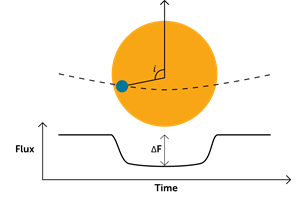
Exoplanets are planets that orbit a star other than the Sun, and their detection and characterization has been at the forefront within astronomy for multiple years. To date there has been greater than 4000 exoplanets confirmed across a range of different methods, with more than 5000 additional exoplanet candidates.…Read Full Article
COSMOS for Ground-Based Time Domain Astronomy
Time domain astronomy is the study of how astronomical objects and unique events vary over time. It provides an alternative method to understanding the extreme phases of galaxy and stellar evolution, through the investigation of events such as supernovae, and gamma-ray bursts, indicative of the collapse of massive stars and the creation of neutron stars or black holes, and objects such as variable pulsars and stars, to name a few…Read Full Article
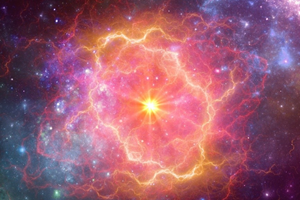
Advanced CMOS Detectors: Enabling the Future of Astronomical Observation
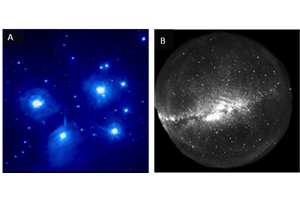
Ground based astronomy provides an accessible way to image objects in space. As most of the objects in space can be observed within the visible wavelength range (380-700 nm), optical astronomy has been at the forefront of astronomical observation. Many objects in space are very faint, requiring a camera with high sensitivity and minimal noise to detect their weak signal…Read Full Article
Advanced Back-Illuminated CMOS Provides an Alternative to EMCCDs for Dynamic, Faint Astronomy
Ground-based optical astronomy investigates various objects in space, from galaxies to exoplanets, via visible light. Some of these objects are dynamic and move at high speed through the sky. Traditionally, observation of these dynamic objects and events has been limited to EMCCD cameras due to their fast frame rates and high sensitivity. However, EMCCD cameras are limited by excess noise factor when the signal is greater than a few photons….Read Full Article
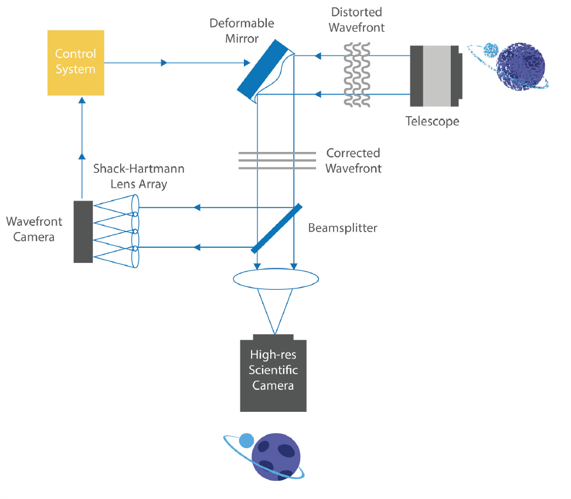
Ultra-High-Sensitivity, Deeply Cooled InGaAs Cameras for Ground-Based Astronomy in the NIR-II / SWIR
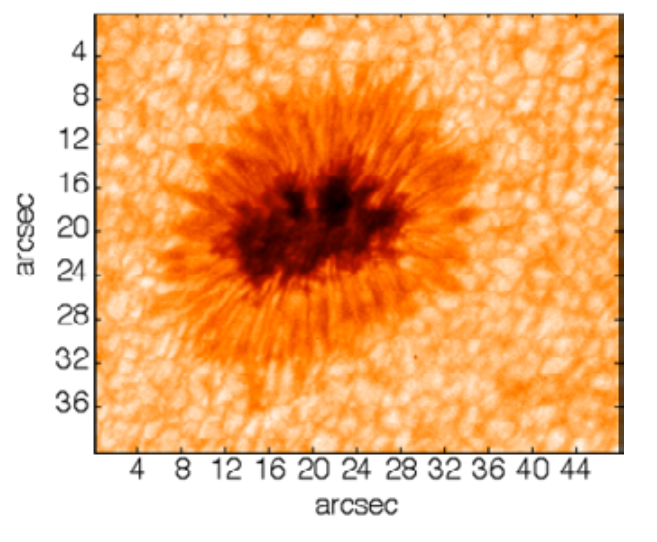
Infrared astronomy started about three decades after infrared (IR) radiation was discovered by Sir William Herschel in 1800. Work in the IR range has been an important facet of astronomical investigation since the 1950s and 1960s, when technological advances in IR detectors began being leveraged to augment the success of…Read Full Article
Is There Really Cool Gas in the Middle of the Sun?
Yes, if you ask a team of researchers from University Hawaii, Institute for Astronomy who returned from an expedition to the blistering Sahara desert, where they found an unexpected source of cool gas-in the outer regions of the Sun. The group headed by…Read Full Article

